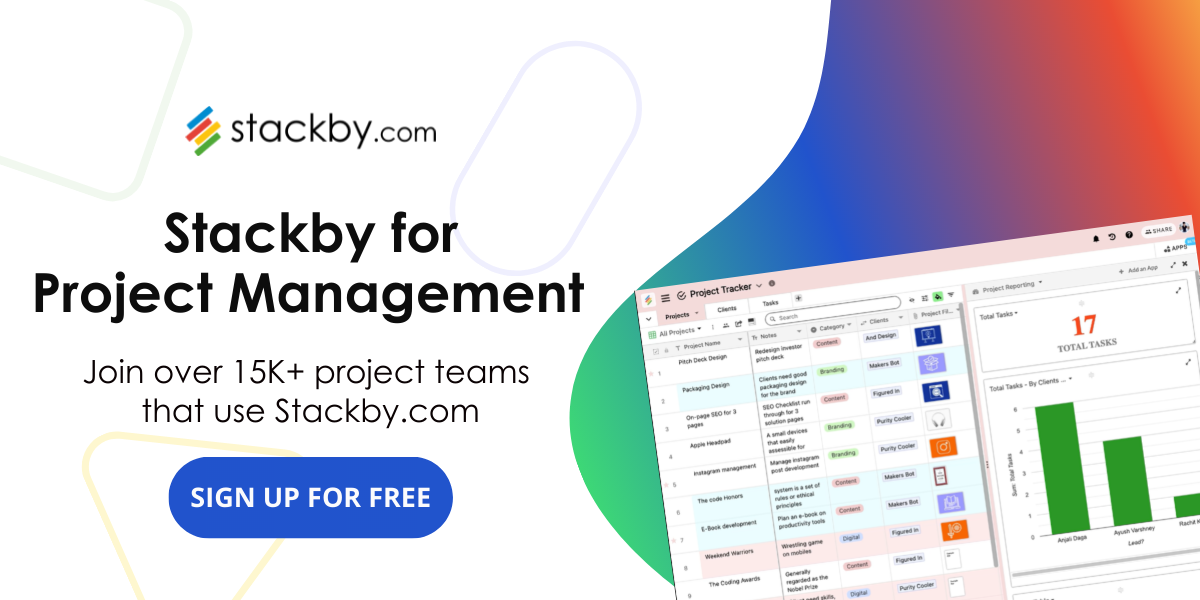Software Project Management Guide: How to Handle Complex Projects
In today's fast-paced digital world, software project management has become an indispensable skill. Our guide walks you through managing complex and ever-changing projects efficiently.

Hey there, tech enthusiasts and project management aficionados! Ready to dive into the wild world of software project management? Grab your favorite caffeinated beverage, and let's embark on a journey through the digital jungle, where the only constant is change, and the only certainty is that your project will throw you a curveball when you least expect it.
Understanding the Essence of Software Project Management Development Coordination
What's the deal with software project management anyway? Imagine you're the conductor of an orchestra, but instead of musicians, you've got a bunch of caffeine-fueled developers, designers with strong opinions about fonts, and stakeholders who keep changing their minds about what song they want to hear. Oh, and the sheet music? It's written in a language that keeps evolving. Fun times, right?
That, my friends, is the essence of software development coordination. This often involves decisions about software development outsourcing to optimize resources and expertise. It's the art (and sometimes dark magic) of turning chaos into something that actually works, preferably before your deadline and without making your team want to quit and become sheep farmers in New Zealand.
In today's tech world, where apps update faster than you can say "version 2.0" and user expectations are higher than a cat's opinion of itself, software project management isn't just important – it's the secret sauce that keeps the whole tech industry from imploding.
Key Stages in the Software Project Management Creation Lifecycle

Alright, buckle up! We're about to take a whirlwind tour through the software creation lifecycle. It's like a rollercoaster ride, but instead of screaming in terror, you'll be screaming, "Why won't this code compile?!"
- Requirements Gathering: This is where you play detective, trying to figure out what the client actually wants. Pro tip: What they say they want and what they actually need are often two different things.
- Design: Time to put on your architect hat and design the blueprint for your software masterpiece. Just remember, no matter how beautiful your design is, it will probably change about 17 times before you're done. Using ai tools for product management at this stage can help align features with user needs, refine priorities, and avoid unnecessary rework.
- Implementation: This is where the magic happens. Developers start turning coffee into code, and your Slack channel becomes a mix of memes and desperate cries for help.
- Testing: The moment of truth. Will your software work as intended, or will it spectacularly self-destruct? This is when you find out if that one line of code you wrote at 3 AM was genius or a ticking time bomb.
- Deployment: Launch day! Time to unleash your creation upon the world. Cross your fingers, hold your breath, and hope you didn't forget to remove that "test123" password from the admin account.
- Maintenance: The never-ending story. Just when you think you're done, a wild bug appears! Or a user finds a way to break your software in a way you never imagined possible. The adventure continues!
Decoding the Software Project Management Strategy Formulation Process

Now that we've covered the "what" and "why" of software project management, let's talk strategy. How do you actually plan for these digital adventures?
- Set Clear Goals: What are you trying to achieve? "Make awesome software" is not specific enough. Think more like "Create an app that helps people find their lost socks" (hey, million-dollar idea right there!).
- Define Your Scope: This is where you draw the line between "must-have features" and "nice-to-have features." Without this, your project might grow more arms than an octopus on steroids.
- Resource Allocation: Figure out who's doing what, and make sure you have enough coffee to fuel them all. Remember, developers are not interchangeable parts – each has their own superpowers and kryptonite. When working with distributed teams, consider partnering with one of the top nearshore outsourcing companies to access the right talent and streamline resource management.
- Risk Assessment: Channel your inner pessimist and think of everything that could go wrong. Then figure out how to prevent it, or at least how to fix it when it inevitably happens anyway.
- Create a Timeline: Map out your project milestones. Just remember to add about 20% more time than you think you need. Trust me on this one.
- Choose Your Methodology: Agile, Waterfall, Scrumfall (yes, that's a thing) – pick your poison. Just make sure it fits your team and project, not the other way around.
Project Schedule Management: A Complete Guide 2024
Key Players in Software Project Management Initiative Administration

Every great project needs a great team. Here are the key players you'll want in your corner:
- Project Manager: That's you! The ringmaster of this digital circus.
- Developers: The wizards who turn your ideas into reality. Treat them well, for they hold great power.
- Designers: The artists who make sure your software doesn't look like it was designed by a colorblind monkey (no offense to colorblind monkeys).
- QA Specialists: The professional pessimists who try to break everything before your users do.
- Business Analysts: The translators between tech-speak and business-speak.
- Stakeholders: The people who will either sing your praises or haunt your dreams, depending on how well the project goes.
Remember, managing this diverse cast of characters is like herding cats – if the cats all spoke different languages and had strong opinions about coding standards.
Essential Metrics for Evaluating Software Project Management Progress
How do you know if your software project management skills are up to snuff? Here are some metrics to keep an eye on:
- Velocity: How fast your team is churning out work. Just remember, faster isn't always better – we're aiming for "done" not "done badly."
- Burn Rate: How quickly you're burning through your budget. Ideally, this should be slower than your project manager is burning through antacids.
- Defect Density: The number of bugs per line of code. Aim for "occasional hiccup" rather than "digital plague."
- Customer Satisfaction: Are your users singing your praises or plotting your downfall?
- Team Happiness: Happy developers are productive developers. If your team starts googling "how to become a goat farmer," you might have a problem.
Advantages of Implementing Robust Software Project Management
Get software project management right, and you'll reap some sweet rewards:
- Smoother Sailing: Fewer surprises, less chaos, more getting stuff done.
- Happy Stakeholders: Deliver what you promised, when you promised it. Watch those satisfied smiles!
- Efficient Teams: Like a well-oiled machine, but with more coffee breaks.
- Quality Products: Software that doesn't make users want to throw their devices out the window.
- Competitive Edge: Stay ahead of the game in the fast-paced tech world.
Obstacles Affecting Software Project Management Development Coordination
Even with the best software project management, you'll face some challenges. Here's what to watch out for:
- Scope Creep: When your project starts growing faster than a teenager in a growth spurt.
- Technical Debt: The "I'll fix it later" mentality that comes back to haunt you.
- Changing Technologies: When the hot new framework makes your current tech stack look like a dinosaur.
- Team Dynamics: Managing personalities that clash more than an outfit at a fashion disaster party.
- Unrealistic Expectations: When stakeholders expect you to build Facebook in a week with a team of two.
Strategic Advice for Software Project Management Initiative Supervisors
Before we wrap up, here are some pearls of wisdom to keep in your back pocket:
- Embrace Change: In software, change is the only constant. Learn to surf the waves instead of fighting the tide.
- Communicate, Communicate, Communicate: Clear communication can prevent more disasters than a superhero on caffeine.
- Never Stop Learning: The tech world moves fast. If you're not learning, you're falling behind.
- Build a Great Team Culture: Happy teams make magic happen. Foster an environment where creativity and collaboration thrive.
- Use Tools Wisely: There's a tool for everything these days. Find the ones that work for you and your team.
- Plan for the Worst, Hope for the Best: Always have a Plan B (and maybe a Plan C, D, and E).
- Remember the Human Element: Behind every line of code is a person. Treat your team with respect and empathy.
And there you have it, folks! Your whirlwind tour through the wild world of software project management. Remember, in this field, every day is an adventure. There will be highs, lows, and plenty of moments where you question your life choices. But when you see your team's hard work come to life in a piece of software that actually makes people's lives better (or at least more entertaining), it's all worth it.
So go forth, manage those projects, wrangle those developers, and may your code always compile on the first try! And remember, when all else fails, there's always coffee. Lots and lots of coffee.




![13 Best Business Management Software for your Work [2026]](/blog/content/images/size/w960/2024/03/stackby-business-blog-image-1.jpg)
